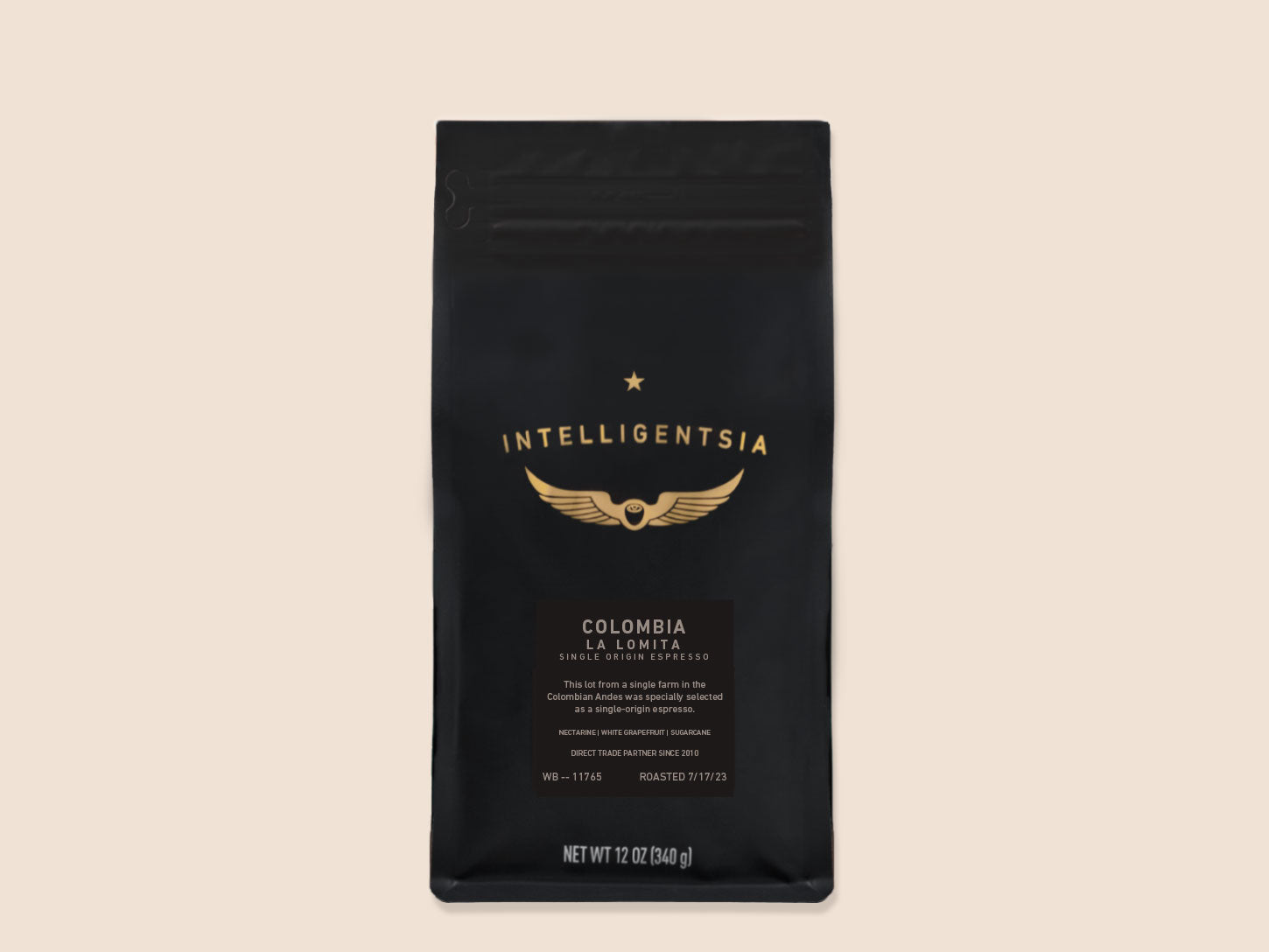Helpful Hints to Get the Best Out of SOE Single Origin Espresso
Helpful Hints to Get the Best Out of SOE Single Origin Espresso
Blog Article
Recognizing Coffee Beans: the Trip From Coffee to Blended Coffee Beans

The Origins of Coffee: A Worldwide Perspective
While you could believe of coffee as a modern-day staple, its origins map back centuries, intertwining with societies around the world. The story starts in Ethiopia, where legend states a goat herdsman named Kaldi uncovered the stimulating results of coffee beans after discovering his goats romping energetically after eating them. This triggered rate of interest, resulting in coffee's infect Arab traders who valued the brewed drink. By the 15th century, it got to Persia, Egypt, and Turkey, where coffeehouses came to be social hubs for discussion and culture.
As profession routes increased, coffee made its method to Europe in the 17th century, rapidly gaining appeal. It changed from a mystical drink into a day-to-day ritual, intellectual exchanges and inspiring events. Each culture added its one-of-a-kind twist to coffee prep work, enriching its background. This global journey highlights how coffee links us, going beyond borders and unifying varied customs through a straightforward bean.
Cultivation and Harvesting of Espresso Beans
As coffee's journey advanced, the focus moved to the growing and harvesting of particular bean ranges, especially those utilized for espresso. You'll find that espresso beans frequently come from Arabica or Robusta plants, each offering distinct flavors. The perfect growing conditions include high altitudes and abundant, well-drained dirt, which boost the beans' top quality.
During the harvest, choosing approaches vary. In some areas, workers hand-pick ripe cherries, making certain just the most effective fruit mosts likely to processing. In other locations, mechanical farmers are used, especially on bigger ranches. When the cherries reach peak ripeness for optimum flavor., timing is important; you desire to collect.
Once collected, the beans are prepared for processing, which is essential in establishing their last preference. Recognizing the growing and harvesting procedures provides you insight into what goes into your favored espresso, improving your gratitude for each and every cup.
Handling Techniques: From Cherry to Bean
Currently that you've learnt more about collecting espresso beans, let's discover exactly how those cherries change into the coffee beans you like. You'll see how different harvesting strategies impact taste, complied with by the essential actions of fermentation and drying. We'll break down the milling and grading process that establishes your coffee's quality.
Gathering Strategies Discussed
When it comes to coffee, recognizing harvesting methods is essential, since they directly influence the taste and top quality of the beans you appreciate. Discerning selecting entails hand-picking just ripe cherries, guaranteeing you obtain the finest high quality beans. Ultimately, the choice of harvesting technique can greatly influence your coffee experience, so it's worth recognizing just how those beans made it to your mug.
Fermentation and Drying Out
After gathering, the following action in handling coffee beans play a considerable function fit their taste. You'll discover that fermentation is crucial, as it assists break down the mucilage bordering the beans, improving their taste account. Relying on the technique, this process can last from a few hours to numerous days, with varying results based on temperature and moisture.
As soon as fermentation is complete, drying out follows, which is just as important. You can select from mechanical or sun-drying drying methods. Sun-drying enables the beans to absorb flavors from the atmosphere, while mechanical drying out guarantees regular dampness levels regardless of weather condition. Appropriate drying is vital to prevent mold and mildew and preserve the beans' quality, inevitably influencing your mug of coffee.
Milling and Grading Process
As fermentation and drying established the stage for taste growth, the milling and grading process warranties that only the very best coffee beans make it to your mug. This stage entails eliminating the outer layers of the coffee cherry, including the parchment and husk. After milling, the beans are arranged by dimension and weight, ensuring a consistent top quality. You'll locate that grading helps identify issues and categorize beans, which influences flavor and scent. Premium beans get a greater grade, resulting in a richer coffee experience. When graded, the beans are prepared for product packaging and delivery, preserving their unique features. This thorough process is vital for delivering the extraordinary taste you appreciate in every sip of your favored brew.
Roasting Methods: Opening Taste Prospective
When you roast coffee beans, the approach you select can drastically impact the taste profile. Comprehending the partnership between time, temperature level, and roasting techniques is key to revealing the capacity of your mixture. Let's discover exactly how these aspects come with each other to develop the best cup.
Toasting Methods Clarified
While you might believe that all coffee toasting techniques produce the same results, the truth is that each strategy exposes distinct taste capacities in the beans. You can pick between approaches like drum roasting, air roasting, or also standard pan roasting. Drum roasting uses a revolving drum to uniformly disperse heat, improving caramelization and creating a well balanced flavor. Air roasting, on the various other hand, distributes hot air around the beans, promoting a lighter roast with noticable acidity. Pan roasting permits hands-on control but requires continuous attention to stay clear of burning. Each approach has its nuances, so try out various strategies can aid you discover the perfect roast that straightens with your taste choices. Take pleasure in the trip of finding your suitable cup!

Effect On Taste Profile
Different roasting methods not only influence the process but also considerably influence the taste account of the coffee beans. Dark roasts, on the various other hand, bring out strong, smoky flavors, in some cases concealing the bean's special attributes. Recognizing these subtleties aids you appreciate the artistry behind your mug of coffee, boosting your total experience with every sip.
Time and Temperature Aspects
To launch the full taste potential of coffee beans, both time and temperature level during the toasting process play considerable duties. When roasting, you'll find that greater temperature levels can promptly create tastes, but if you hurry it, you may finish up with burnt notes. Conversely, reduced temperature levels enable for an extra gradual taste advancement, showcasing the beans' special characteristics.

Timing is just as vital; extending more the roast also long can bring about a loss of acidity and brightness, while too short a roast could leave the beans underdeveloped. Discovering that pleasant place requires practice and trial and error. By readjusting these aspects, you can reveal the rich, intricate flavors hidden within each bean, developing a really impressive coffee experience.
The Art of Blending: Crafting Special Coffee Accounts

Start by selecting a base coffee that offers a solid structure. An intense Ethiopian bean can bring fruitiness, while an abundant Brazilian coffee includes body.
As you mix, maintain in mind that each mix informs a tale. You're not just making coffee; you're producing an experience. Take your time, taste often, and appreciate the journey of uncovering your signature mix - Single Origin Espresso.
Developing Methods: How Preparation Influences Taste
Blending coffee opens a domain name of taste opportunities, yet exactly how you brew that blend can considerably affect your last cup. Various developing techniques remove distinct flavors and aromas, so it's crucial to pick carefully. For example, a French press enables sediments and oils to remain, developing a rich, full-bodied experience. On the other hand, a pour-over highlights the coffee's quality and brightness, perfect for showcasing fragile notes.
Coffee, with its high pressure, generates a concentrated shot that accentuates sweet taste and crema. If you favor a lighter mixture, think about a cold mixture technique; it generates a smooth, less acidic preference.
Inevitably, testing is crucial. Changing variables like water temperature, grind dimension, and brew time can change your coffee's account. Welcome the art of brewing to uncover the tastes hidden in your coffee blends. The right method can raise your experience to new elevations.
The Future of Coffee: Sustainability and Development
As the coffee sector develops, sustainability and technology are becoming necessary for attending to ecological difficulties and conference customer demands. You'll observe that even more coffee firms are adopting environment-friendly techniques, from sourcing beans ethically to carrying out lasting farming strategies. These changes not just aid the planet but also improve the high quality of the coffee you appreciate.
You might see innovations like eco-friendly product packaging find out here and water-saving developing techniques that lower waste. Advanced technology, such as blockchain, is also becoming popular, guaranteeing transparency in the supply chain, which allows you to trace your coffee back to its origins.
Additionally, purchasing local communities and sustaining farmers via reasonable profession efforts promotes a much more sustainable coffee community. As you sip your next mug, bear in mind that your selections can add to a brighter future for coffee. By choosing sustainable brands, you're not simply delighting in a beverage; you're making a favorable influence on the globe.
Often Asked Concerns
What Is the Distinction Between Arabica and Robusta Beans?
Arabica beans are smoother, sweeter, and have a greater acidity, while robusta beans are stronger, extra bitter, and consist of more high levels of caffeine. When brewing your coffee., you'll see these distinctions in flavor and fragrance.
Exactly How Does Elevation Affect Coffee Bean Flavor?
Altitude influences coffee bean flavor considerably. Greater elevations produce beans with brighter level of acidity and complex tastes, while lower elevations commonly generate beans that are heavier and much less nuanced. You'll observe these differences in your mug!
What Are the Health And Wellness Advantages of Drinking Coffee?
Consuming coffee can boost your power, enhance mental focus, and also boost physical performance. It's rich in anti-oxidants, may reduce the danger of particular conditions, and can advertise a healthier metabolic rate when consumed in small amounts.
Can Coffee Beans Be Recycled for Brewing?
Yes, you can reuse coffee beans for developing, but the flavor could be weak. If you enjoy exploring, attempt recycling them in different methods, like chilly mixtures or contributing to smoothie mixes for an extra kick.
Exactly how Should I Shop Coffee Beans for Quality?
To maintain your coffee beans fresh, store them in a closed container in a trendy, dark place. Prevent subjecting them to dampness, heat, or light, as these factors can promptly degrade their taste and link scent.
Understanding Coffee Beans: the Trip From Espresso to Blended Coffee Beans.
Now that you've learned regarding gathering coffee beans, let's discover how those cherries change right into the coffee beans you love.When you roast coffee beans, the technique you choose can drastically impact the taste account - Single Origin Espresso.While you may believe that all coffee toasting techniques yield the very same outcomes, the reality is that each technique exposes distinct taste possibilities in the beans.Different roasting techniques not only affect the procedure yet also significantly influence the flavor account of the coffee beans
Report this page